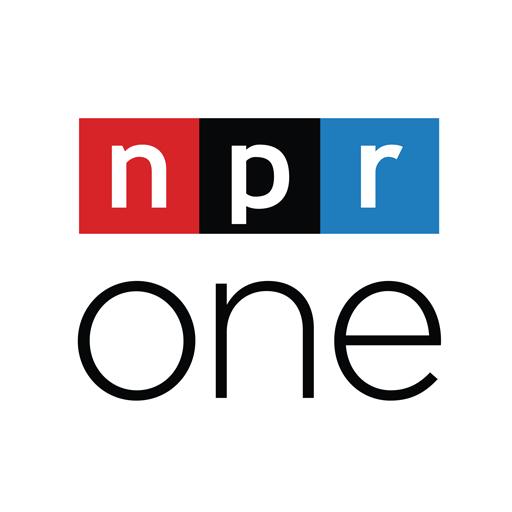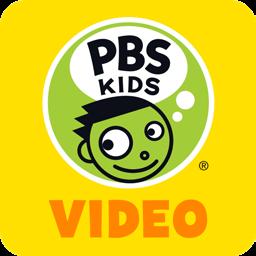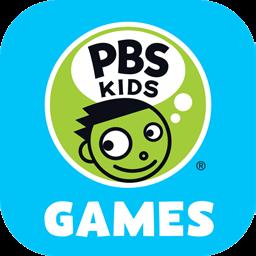
3 minute read
Helping Your Smart Device Live Up to its Name
from SDPB January 2020 Magazine
by SDPB
Did you get a new tech toy over the holidays? Congratulations! We trust that you have it properly mounted, installed, connected to Wi-Fi and all that. If not, now’s the time to call your grandchild or pay the neighbor kid five bucks to hook you up. Honestly, reading the instructions and following the process step-by-step is still the best way to go. It also pays to have a healthy supply of patience.
Today we have ever-increasing number of choices of channels and shows, thus, an ever-increasing ways to receive those shows.
Don’t have a Smart TV? Never fear! A streaming device, like Roku, Amazon Fire, or Google Chrome – along with Wi-Fi and an HDMI cable are all you need to get the PBS Video app. Plug the device of your choice into an HDMI input on the back of your digital TV and you’re set.
The best news of all? You aren’t required to have any of this. If you have a digital TV and a properly oriented antenna you can receive dozens of signals free, over-the-air. SDPB offers four channels on TV (PBS Main, World, Create, and PBS Kids) plus both of our radio signals (SDPB Radio HD-1 and SDPB Classical 24).
If you have a new TV and you’re wondering how to make sure you receive all that SDPB has to offer, here are a few things you should know:
- Have a “Smart TV?” Smart TVs act much like a computer, tablet or smartphone – they connect to the internet and provide you access to a variety of streaming services, including TV shows. Most Smart TVs support such popular streaming services as Netflix, Hulu, Amazon Prime Video, Pandora, and PBS Video. Some sets offer only a handful of apps that rarely change, while other models deliver several screens of offerings, ranging from MLB to Facebook to Stitcher.
- If you want to access PBS programming – in addition to what we broadcast – make sure you have the PBS Video app (more on apps next page). If you have a Samsung Smart TV manufactured after 2017 the PBS Video app is included. If not, you’ll need a streaming player, like Roku, Amazon Fire or Apple TV.
- If you receive your TV via cable or satellite – or even an antenna – you can connect directly into your Smart TV and follow the instructions to tune it to receive the signals.
Having trouble?
PBS has a “how to” page with walkthroughs for setup on smart devices that can recieve the PBS Video app. For help with smart TVs, streaming devices, tablets, or phones go to help.pbs.org/support/solutions. NPR also has a setup walkthrough for smart speakers at npr.org. Search “how to listen to NPR on your smart speaker.”
Prefer human contact? Call SDPB at 605-677-5861 and we will do our best to help get you connected!
As a Fan of Public Broadcasting, You Will Want These Apps
PBS Video – Enjoy the most popular shows from PBS anytime, anywhere! Masterpiece hits, Nature, NOVA, and more. Make sure you localize your viewing experience to SDPB. If you’re a member donating at least $5/month, you also have access to SDPB Passport with hundreds more videos. For more information about Passport, visit SDPB.org/Passport or call 800-456-0766.

NPR One – Public radio made for you. The more you listen to NPR One, the more the app understands your preferences and begins to feed you stories that are more likely to be of interest.

SDPB – Listen to SDPB Radio’s two channels live. Watch live or archived locally produced SDPB TV shows. Explore and watch On Demand content, search for programs or bookmark a program for later.

SDNet – Provides live and archived audio streams of open meetings from the state legislature, boards and commissions, and more. We also live stream SDPB’s coverage of high school activities.

PBS Kids Video - This app provides a safe, child-friendly viewing experience of PBS Kids videos for all ages.

PBS Kids Games - Play over 50 free learning games with your favorite PBS characters anytime, anywhere! 100% FREE with NO in-app purchases or link-outs!











